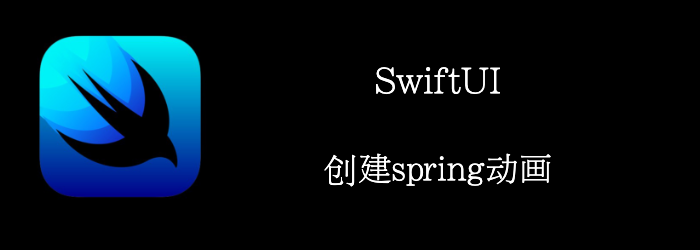 我们将演示如何让一个banner做spring动画。
我们将演示如何让一个banner做spring动画。
Getting ready
首先,创建一个新的项目:BannerWithASpringAnimation
How to do it…
- 实现我们的banner
struct BannerView: View {
let message: String
var show: Bool
var body: some View {
Text(message)
.font(.title)
.frame(width:UIScreen.main.bounds.width - 20, height: 100)
.foregroundColor(.white)
.background(Color.green)
.cornerRadius(10)
.offset(y: show ? -UIScreen.main.bounds.height / 3 : -UIScreen.main.bounds.height)
.animation(.interpolatingSpring(mass: 2.0, stiffness: 100.0, damping: 10, initialVelocity: 0), value: show)
}
}
- 添加Banner和一个按钮到ContentView中
struct ContentView: View {
@State var show = false
var body: some View {
VStack {
BannerView(message: "Hello world", show: show)
Button {
show.toggle()
} label: {
Text(show ? "Hide" : "Show")
.padding()
.frame(width: 100)
.foregroundColor(.white)
.background(show ? .red : .blue)
.cornerRadius(10)
}
}
}
}
最终结果:

我们再复习一下动画的3个要素:
- 触发器:我们的按钮
- 数据变化:show
- UI变化:offset(y:)
我们再来看看spring动画的一些参数:
- mass:这是附着在弹簧上的物体的质量——它越大,它获得的惯性越大,所以它反弹得更多。
- stiffness:这是施加力时弹簧的抵抗力——阻力越大,弹簧的刚度越大。
- damping:这是弹簧抵抗变化的程度——阻力越大,弹簧的弹跳越小。
- initialVelocity:这是动画开始的初始速度。